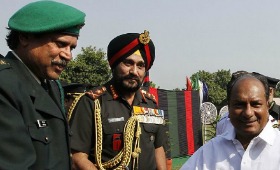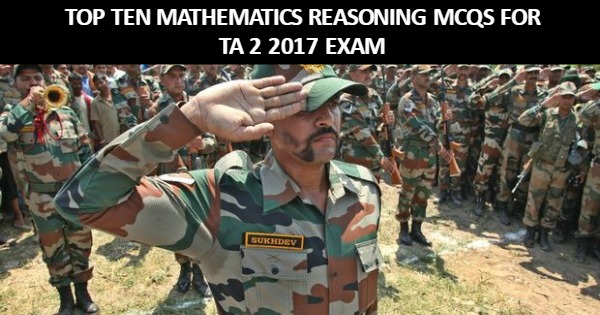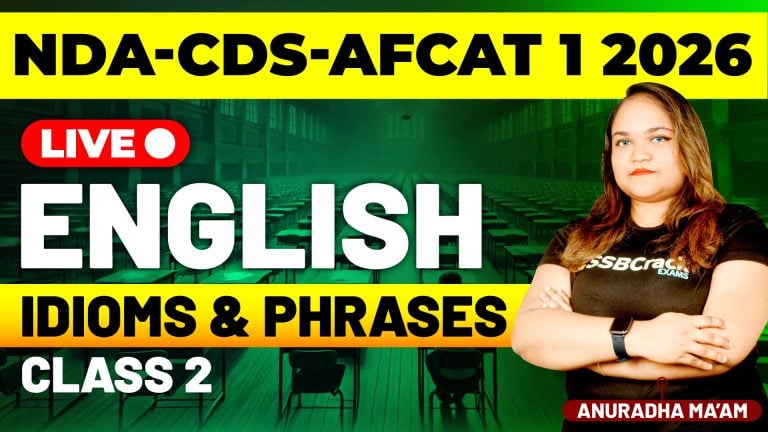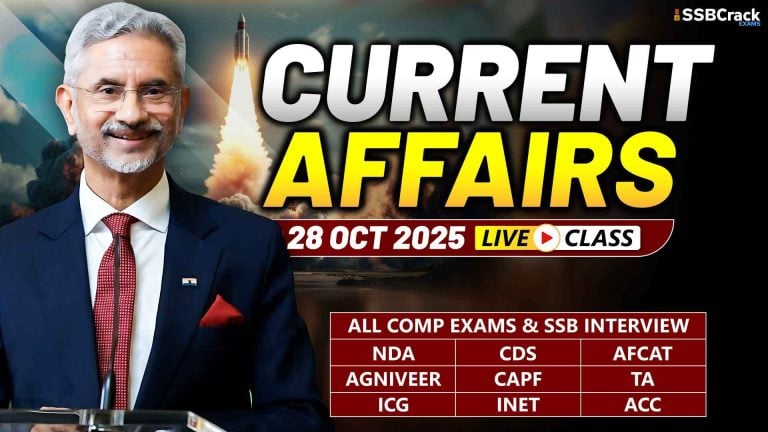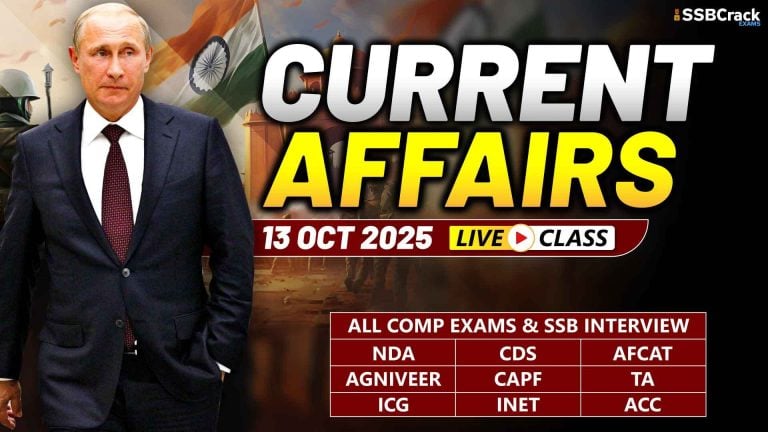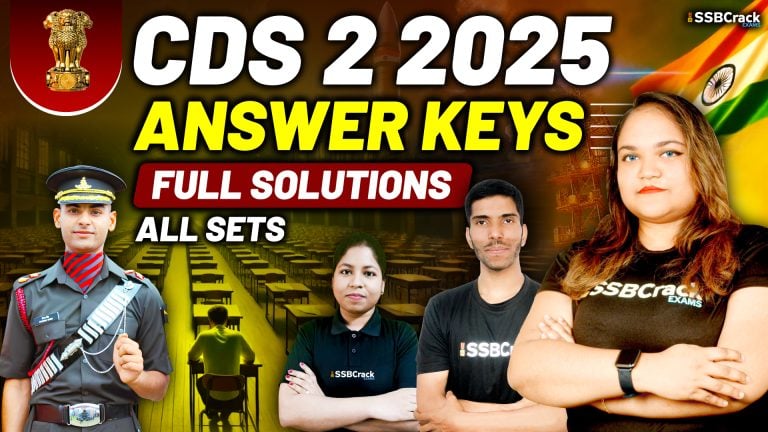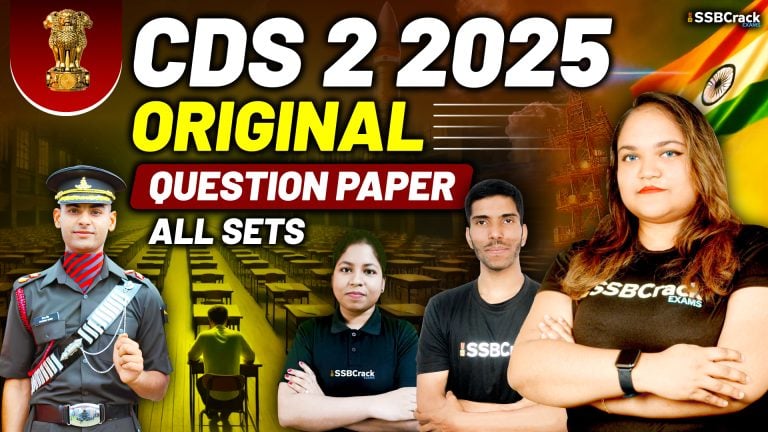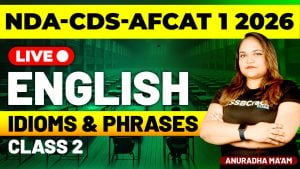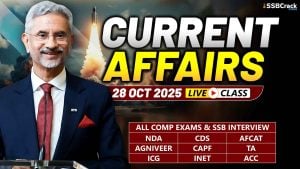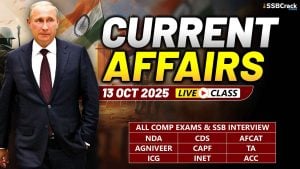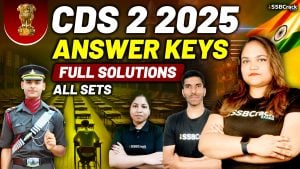The latest syllabus for territorial army mathematics syllabus for 2017 civilian entry exam is given below along with Top Ten Mathematics Reasoning MCQs For TA 2 2017 Exam, hope these will you given an idea of the types of questions that are appearing in the exam.
Top Ten Mathematics Reasoning MCQs For TA 2 2017 Exam
Reasoning and Elementary Mathematics
The standard of the papers in Elementary Mathematics will be a Matriculation level. The standard of papers in other subjects will approximately be such as may be expected of a graduate of an Indian university.
(a) Part – 1. Reasoning. The question paper will be designed to test the candidates ability to complete sequences making logical conclusion based on simple patter of numbers, statements, figures, letters etc as may be expected of a rational thinking person without any special study of the subject.
(b) Part – 2. Elementary Mathematics.
(i) Arithmetic. Number System – natural numbers, integers, rational and real numbers. Fundamental operations – addition, subtraction, multiplication, division, square roots, decimal fraction.
(ii) Unitary Method. Time and distance, time and work, percentages, application to simple and compound interest, profit and loss, ratio and proportion, variation.
(iii) Elementary Number Theory. Division algorithm, prime and composite numbers. Tests of divisibility by 2, 3, 4, 5, 9 & 11. Multiples and factors, factorization theorem, HCF and LCM. Euclidean algorithm, logarithms to base 10, laws of logarithms, use of logarithmic tables.
(iv) Algebra. Basic operations, simple factors, remainder theorem, HCF, LCM, theory of polynomials, solutions of quadratic equations, relation between its roots and coefficients (only real roots to be considered). Simultaneous linear equations in two unknowns-analytical and graphical solutions. Simultaneous linear equations in two variables and their solutions. Practical problems leading to two simultaneous liner equations or in equations in two variables or quadratic equations in one variable and their solutions. Set language and set notation, rational expressions and conditional identities, laws of indices
(v) Trigonometry. Sine x, cosine x, tangent x when O° < x < 90°. Values of sine x, cos x and ten x, for x = 0°, 30°, 45°, 60° & 90°. Simple trigonometric identities. Use of trigonometric tables. Simple cases of heights and distances.
(vi) Geometry. Lines and angles, plane and plane figures theorems on
- Properties of angles at a point.
- Parallel lines.
- Sides and angles of a triangle.
- Congruency of triangles.
- Similar triangles.
- Concurrence of medians and altitudes.
- Properties of angles, sides and diagonals of a parallelogram, rectangle and square.
- Circle and its properties, including tangents and normal.
- Loci
(vii) Mensutration. Areas of squares, rectangles, parallelograms, triangle and circle. Areas of figures which can bisect into the figures (field book). Surface area and volume of cuboids, lateral surface and volume of right circular area of cylinders. Surface area and volume of spheres.
(viii) Statistics. Collection and tabulation of statistical data, graphical representation-frequency polygons, bar charts, pie charts, etc. Measures of central tendency.
Q. If Rs 8,000 can maintain a family of 4 persons for 40 days, how long will Rs 10,500 maintain a family of Rs 6 persons.
(a) 30 Days
(b) 35 Days
(c) 25 Days
(d) 28 Days
Q. X works twice as fast as Y, If Y can complete a job alone in 12 days, then in how many days can X and Y together finish the job?
(a) 18
(b) 4
(c) 6
(d) 8
Q. In a class of 60 students 45 plays cricket, 30 play football, 5 play none. How many students play both games?
(a) 20
(b) 15
(c) 10
(d) 5
Q. A person whose house is facing east, comes out of his house, takes a left turn and travel in that direction for 7 kilometers, after which he takes another left turn and travel for 6 kilometers. He again takes a left turn and travels for 3 Kms and again takes a left turn and travels for 3 kilometers. From this point what is the shortest distance to his house?
(a) 19 Km
(b) 10 Km
(c) 5 Km
(d) 30 Km
Q. A card is drawn from a well shuffled pack of cards. The probability of getting a queen of club or king of heart is?
(a) 1/52
(b) 1/26
(c) 1/13
(d) 1/56
Q. Gangaram started walking towards south. After walking 15 meters he turned to the left and walked 15 meters. He again turned to his left and walked 15 meters. How far is he from his origin position and in which direction?
(a) 15 meters, North
(b) 15 meters, East
(c) 30 meters, South
(d) 15 meters, West
Q. I go 10 m to the East, then I turn left and go 5 m, I turn left again and go 10 m and then again I turn left and go 10 m. In which direction I am from my starting point?
(a) East
(b) West
(c) North
(d) South
Q. A 260 m long train runs at a speed of 55 Kmph. How much time will it take to cross a platform 290 m long?
(a) 20 Seconds
(b) 36 Seconds
(c) 18 Seconds
(d) 60 Seconds
Q. My Uncle shall visit me after 64 days of my father’s birthday. If my father’s birthday falls on Tuesday, what shall be the day on my uncle’s visit?
(a) Wednesday
(b) Sunday
(c) Tuesday
(d) Monday
Q. Rakesh ranked 9th from the top and 38th from the bottom. How many students are there in the class?
(a) 47
(b) 45
(c) 46
(d) 48
